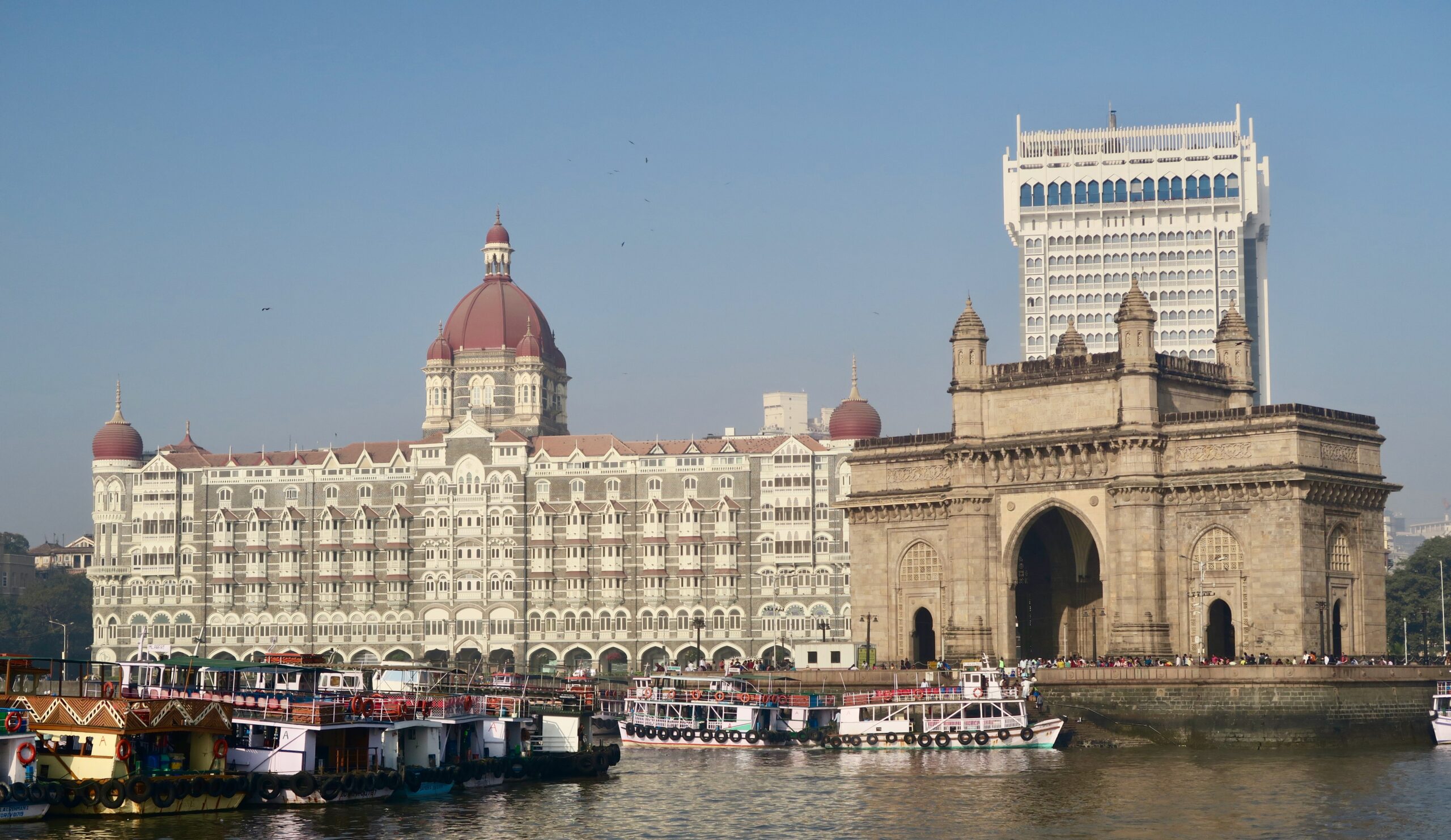Andheri is a neighbourhood of northern Mumbai, just past the Chhatrapati Shivaji International Airport, a beautiful wood-panelled facility where white paisleyed pillars gently swirl up to the ceiling covered in a pattern meant to resemble the feathers of a peacock, the national bird of India.
I had been in Mumbai for four days and was standing on the roof of an office park in Andheri, looking out at the surrounding hills. Green trees grow tall making the hills look like lush jungle, even though underneath that canopy are millions of people, a tangle of traffic, and blocks and blocks of factories. Andheri is home to the SEEPZ Special Economic Zone. Every factory here in these 100+ acres are building products that can never be sold in India. The building I stood on held software companies, all providing services overseas. The pattern of greenery was occasionally broken by the pastels of a slum complexes, boxy rooms stacked upon one another, each a different colour, all clinging to the hill. 40% of Mumbai’s 18 million population live in slums.
The sun was bright, it was warm (around 30 degrees C) but not hot. Winter in India means everything is very dry. Dust and sand settle on everything. I was feeling peaky, and looked it. The night before I was up all night with the shakes. Four days of sightseeing in the dry heat had dehydrated me, and I spent the morning undertaking Oral Rehydration Therapy. But I came into the office for a gentle lunch of yellow dal while drinking orange-flavoured Gatorade. Moving to the couches from the edge of the building I sat down to a very interesting discussion with the president of the software company and a visiting American investor representing a private equity firm based in Australia. This meeting was one of the best of my trip. Too bad it was while I was feeling the worst.
In the 1990s the computer giant Dell outsourced its manufacturing to Taiwan. As the internet boomed, driving more computer sales and more importantly services, Dell outsourced more and more of its computer manufacturing to increase revenue. Business was booming. But now all of Dell’s institutional knowledge and source of innovation were residing with one company on Taiwan. That company had everything it needed to start its own laptop brand and defeat Dell at its own game. That company was Asus.
China may be the factory of the world, but India is the services agency of the world. And we are not just talking about call centers, but software development. There is lots of innovation and product development happening locally, not just at the behest of foreign companies. Indians have the knowledge, the skills, and the capital. Check out this McKinsey report which shows how explosive the digital growth has been in the past few years. India has the world’s third largest population of billionaires, after the US and China. Foreign investors and PE firms are sniffing around more and more to get a piece of the action. Ycombinator is even holding interviews in Bangalore this year. And with brands like Ola — India’s domestic answer to Uber — recently launching in the UK, you can see how India seems it could be on the verge of its own Asus moment, taking the knowledge it has gained over years as a business process outsourcer, and building its own global brands. Furthermore, for foreign investors the politics (although not great) are much more amenable than China.
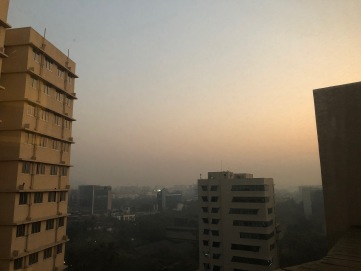
I was stopped short by Indian politics the first night I arrived. After walking out of the airport into a smoggy night, a representative from the company I was here to see drove me in bumper-to-bumper traffic to my hotel. “Wow its is busy for 11 at night!” I said and the driver answered with a wry smile, “11 is just when Mumbai gets started!” Pulling into the hotel we were stopped at a guard hut. A guard stood in front of our vehicle and rapped boredly on the hood. The driver popped the hood and the trunk, as another guard walked around the vehicle, opening my door and letting a guard dog have a sniff inside the vehicle. We were waved through the front gate and pulled up to the front doors. There I had to put my bags through an X-ray machine and walk through a metal detector. It was a nice hotel, but I didn’t think it warranted this level of security. “It’s because of the 2008 terrorist attacks,” said my driver.
In November of 2008, Pakistani terrorists killed 174 people and wounded more than 300 in a series of coordinated attacks around the city. One of the places they attacked was the Taj Mahal Palace Hotel, which I visited on my first and second days in India. We walked around the hotel, taking photos of the Arabian Sea (and the smog!), and the Leopold Café on the other side, another site of the 2008 attacks. Security was ever present (if ever bored).

Indian politics are complex as hell. I had read a few books and listened to a couple of lecture series before coming, but I don’t think anything could have prepared me for the amount of diversity in the country. Since Mumbai is the economic hub of India I was luckily exposed to Indians from all parts of the country (of all the people I met there, I think only one was actually born in Mumbai).
Besides Hindus, Muslims, Jains, Buddhists, Christians the country is cross-cut by dozens of languages, people groups, and distinct cultures. While visiting the Taj Mahal (the subject of a later post) the two Indian friends I went with (from Chennai and Kolkata respectively) spoke to our guide like they too were foreign visitors. My friend from Chennai is married to a woman from Delhi, and the way he described the culture clashes with his in-laws sounded a lot like my relationship with my Japanese wife’s family!

For North Americans I use this analogy: India is a country made of up different, smaller countries. It is kind of like the United States of America taken to the extreme — imagine each American state as having its own language and its own ethnicity. Another analogy: imagine the European Union was just one country, where each country was a state, and had twice the population.
In India we celebrate the commonality of major differences; we are a land of belonging rather than of blood.
Shashi Tharoor, 2001
All these varied people groups make up a single community of 1.2 billion people, which makes national elections (like what is coming up in May) an amazing production. With 900 million eligible voters (large swathes of whom are illiterate) India’s general elections are the largest in the world. The last one in 2014 had 66% voter turnout, and it wasn’t like they had an easy choice: there are thousands of candidates representing hundreds of parties. It is truly mind boggling.
Western Canada is home to lots of Indo-Canadians, but many are of Punjabi heritage, from the north of India. Down the western coast, at the mouth of the Arabian sea I was exposed to many more varieties of Indian people and food. There were all sorts of wonderful seafood (not a common staple in Indian restaurants in my part of Canada), desserts, and even Indian pizza (the paneer and pineapple was my fav!) and Indian Chinese food.

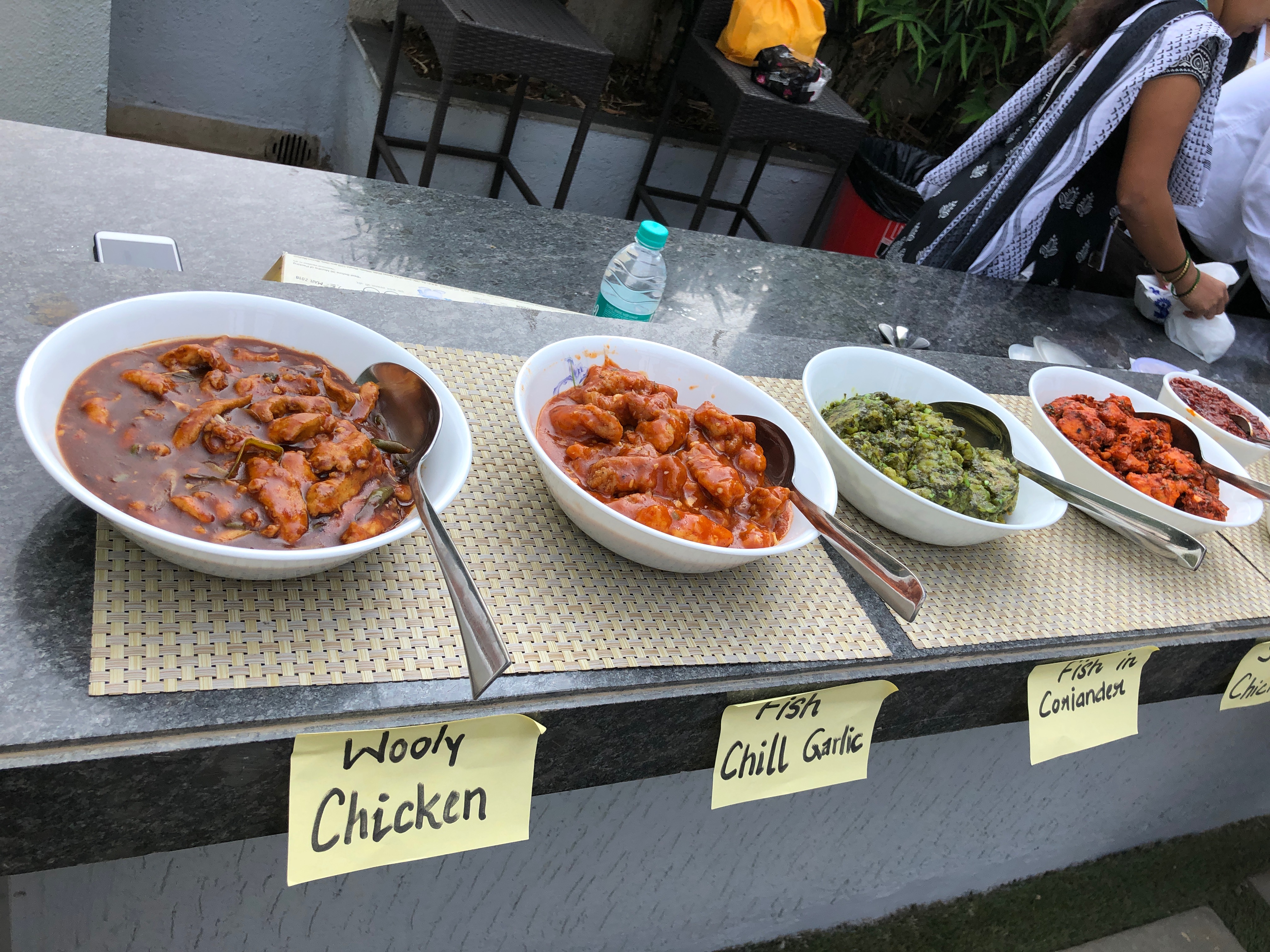
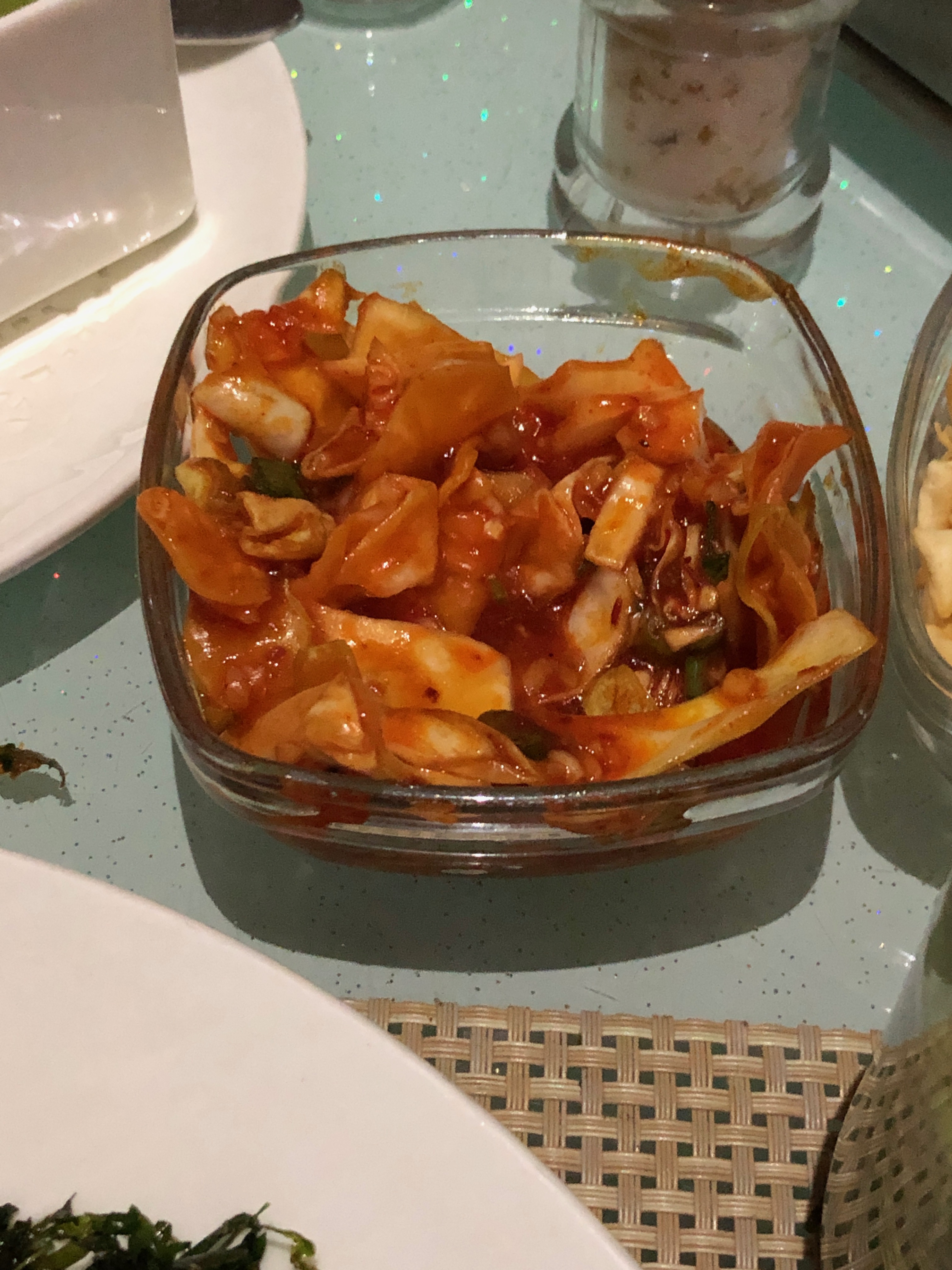
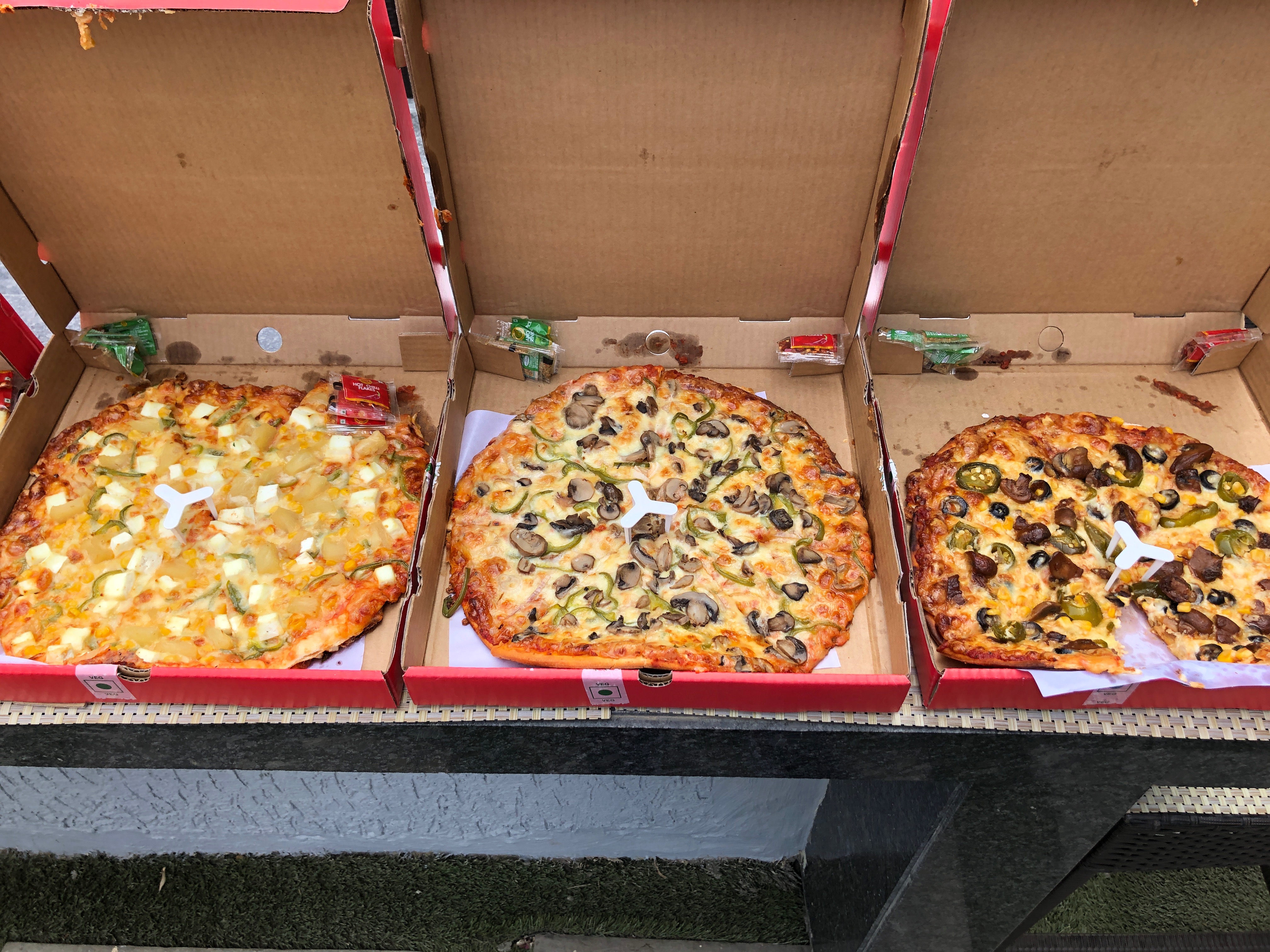
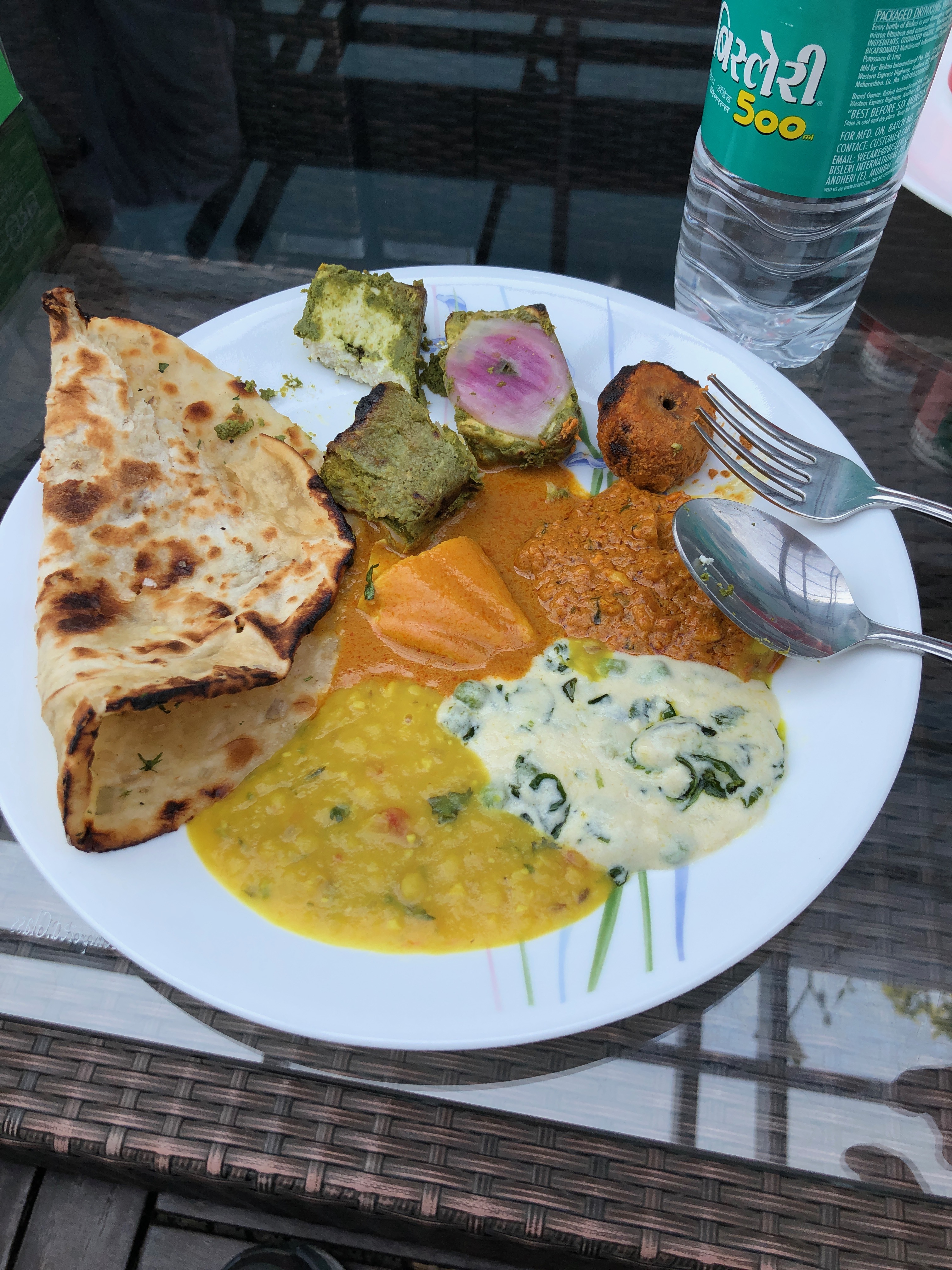
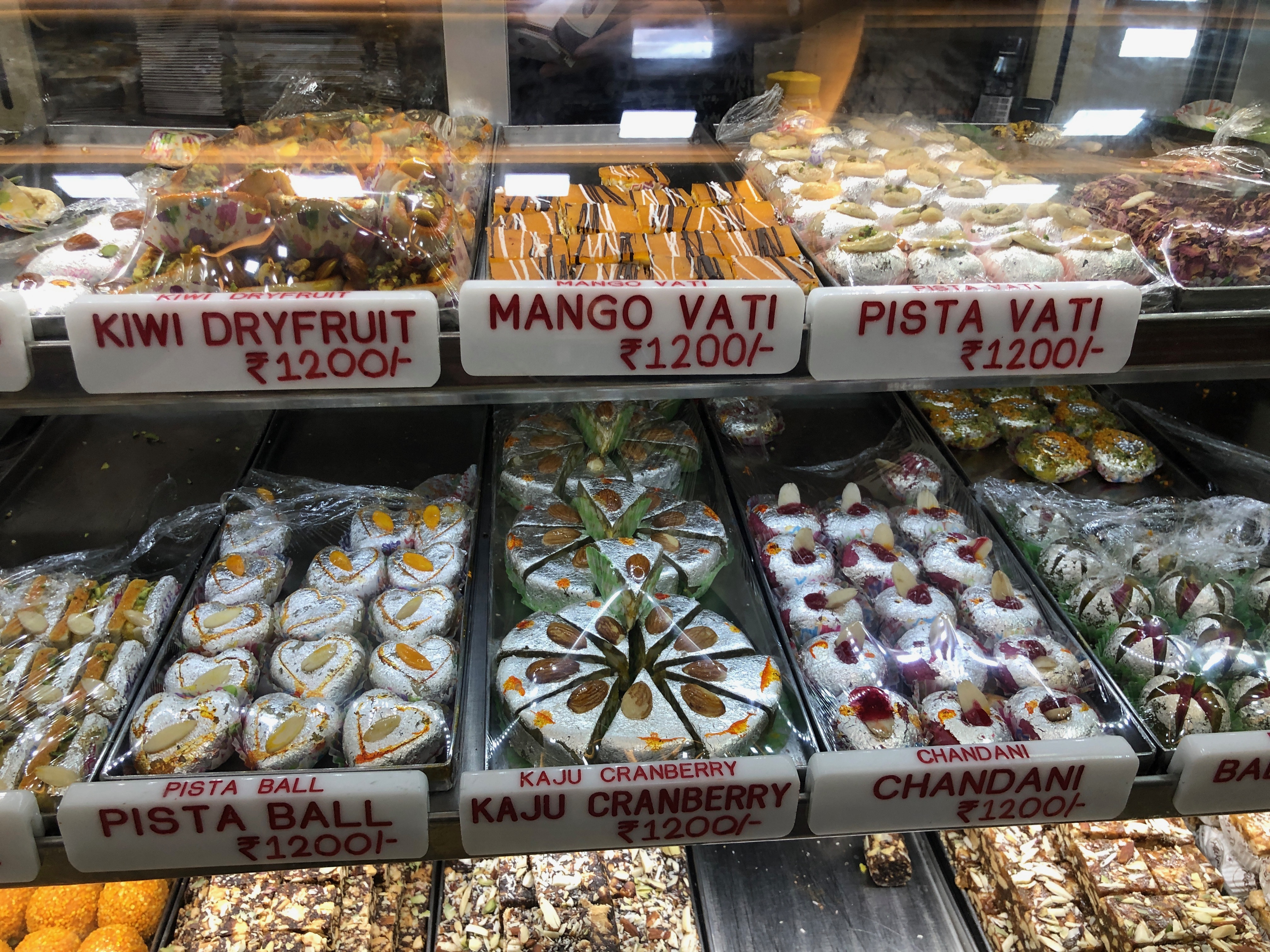



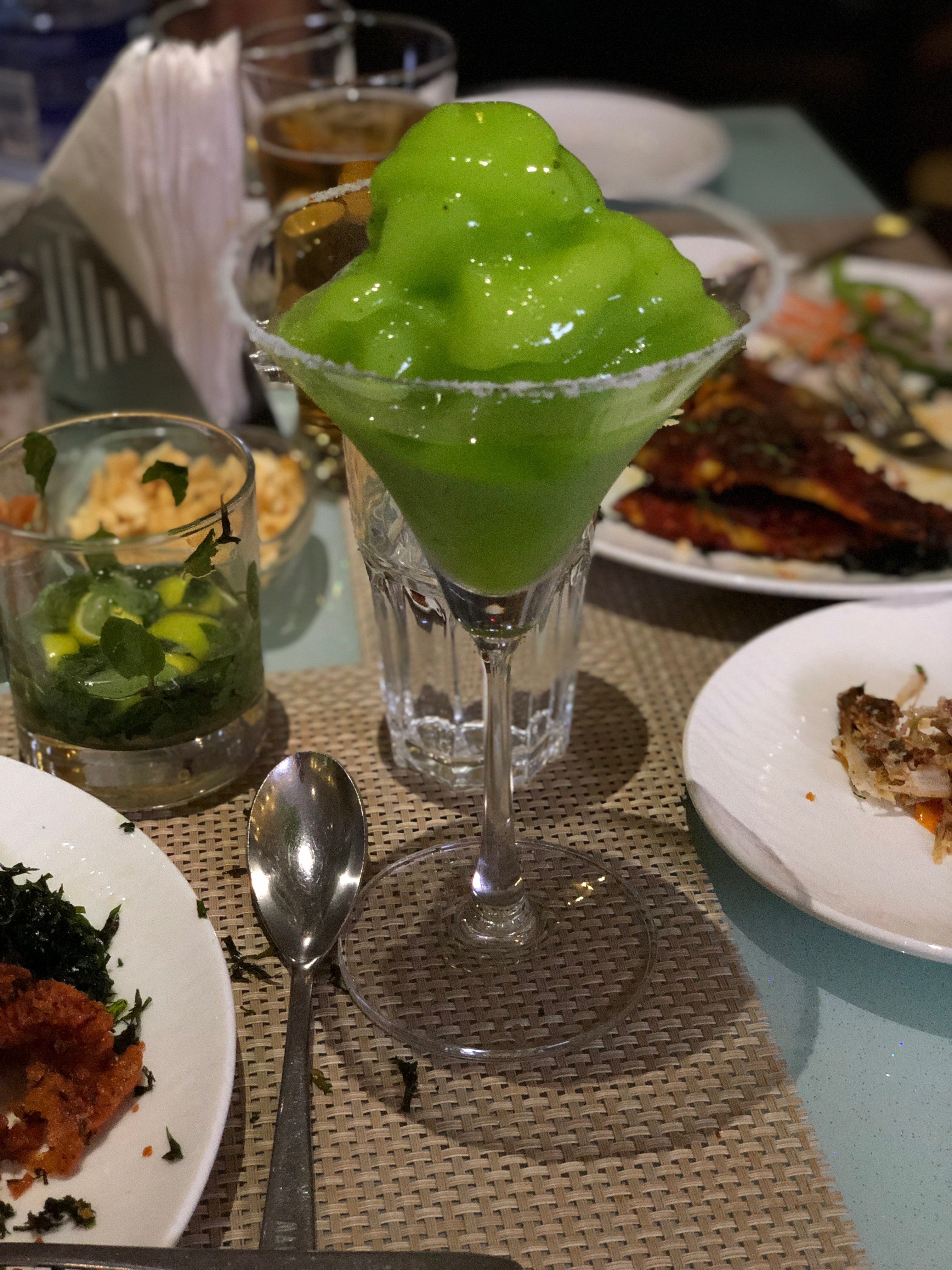
India was not at all what I thought it would be like. And with 4000 years of cultural history it is endlessly fascinating. I look forward to visiting again someday!
Stay tuned for my next post where I will take you through Mumbai by car, sea and train.

